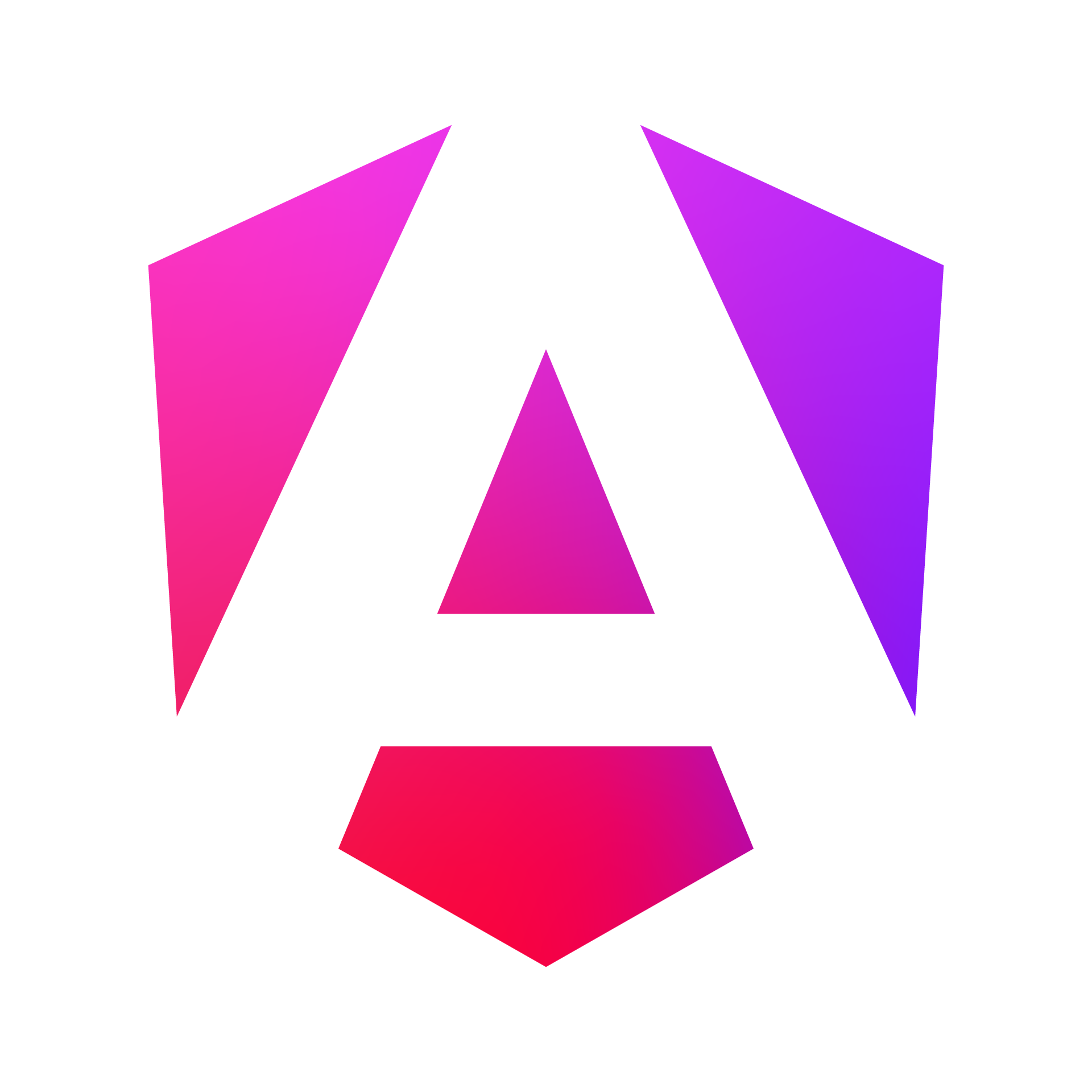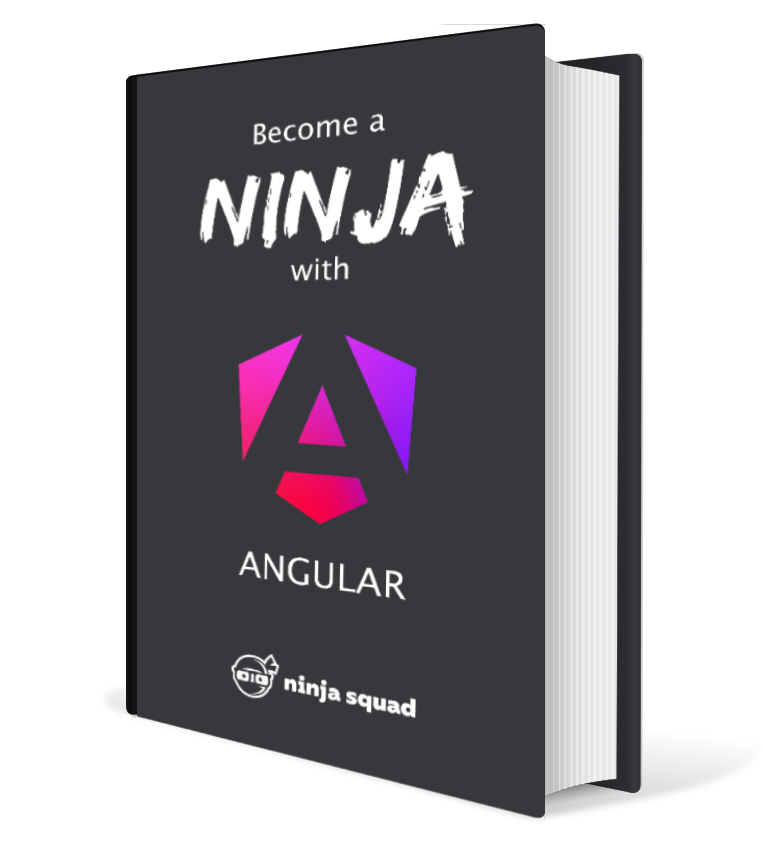What's new in Angular 20.2?
Angular 20.2.0 is here!
This release marks a pivotal moment for the framework: the stabilization of Zoneless change detection! v20.2 also introduces a complete overhaul of the animations API, and new AI features.
Let’s dive in.
Zoneless is stable!
Angular v20.2 marks the stability of the Zoneless API (provideZonelessChangeDetection()),
which allows developers to build Angular applications without the need for zone.js.
New applications are not zoneless by default yet, but this should be the case in the next major version.
New animations support
This version marks a significant turning point for animations in the framework.
@angular/animations is now deprecated and replaced with a new, simpler, API.
The animations package hasn’t seen major updates since its original author left the Angular team a few years ago,
and it’s not been actively maintained since then.
The old API was a bit complex, heavy, and built in a time where browsers did not have advanced CSS features.
Most animations can now be written using pure CSS.
A RFC has been opened last June to discuss the use-cases where pure CSS is not enough. As a result, Angular 20.2 introduces a new (stable) API for animations to handle these cases.
The problem is that what we often want is to apply a transition effect
when an element appears in the DOM or disappears from the DOM.
But @if and @for don’t change the style of an element:
they simply add or remove elements from the DOM.
So we need something more to, for example,
have fade-in and fade-out transitions when elements appear and disappear.
Angular lets you animate elements with the animate.enter/animate.leave syntax,
introduced in v20.2, allowing you to add classes to an element when it enters or leaves the DOM.
These classes are then removed by Angular when the associated animation is done.
@if (display()) {
<div animate.enter="fade-in" animate.leave="fade-out">Content</div>
}
So here the animated classes are going to be fade-in and fade-out. Let’s define a “fading” effect in CSS using these classes:
.fade-in {
/* initial state */
@starting-style {
opacity: 0;
}
transition: opacity 300ms;
opacity: 1;
}
.fade-out {
transition: opacity 300ms;
opacity: 0;
}
Here the transition will last one second, and will progressively change the opacity from 0 to 1 when the element enters, and from 1 to 0 when it leaves.
Every time the condition of the @if changes,
the element fades in or fades out over a second,
instead of appearing or disappearing brutally.
Your imagination (and CSS skills) is the limit here: you can apply whatever effect you want!
You can use bindings with animate.enter and animate.leave,
to bind a signal value, a method result or an array of classes for example:
@if (display()) {
<div [animate.enter]="enterClasses()">Content</div>
}
If you don’t want to rely on CSS animations and prefer to use JavaScript animations,
with the power of libraries like GSAP,
then you can use animate.enter and animate.leave
with the event binding syntax to call a method when the element enters or leaves:
@if (display()) {
<div (animate.leave)="rotate($event)">Content</div>
}
The method is called with an AnimationCallbackEvent parameter,
containing the target that is entering or leaving
and a completeAnimation method that you must call when the animation is done:
protected rotate(event: AnimationCallbackEvent) {
gsap.to(event.target, {
rotation: 360,
duration: 0.3,
onComplete() {
event.animationComplete();
}
});
}
In tests, the animations are turned off by default, so you don’t have to worry about them.
If you want to test animations,
you can configure the TestBed to enable animations with the animationsEnabled option:
TestBed.configureTestingModule({
animationsEnabled: true
});
With this option enabled, elements won’t be removed until the animations are done.
You can check out the new chapter in our ebook on animations to learn more.
Templates
ARIA bindings
If you care about accessibility,
you know how important ARIA (Accessible Rich Internet Applications) attributes are.
Angular v20.2 introduces a new feature to make working with ARIA attributes easier and more intuitive.
Until now, we had to use the attr. prefix to bind ARIA attributes, like this:
<div role="progressbar" [attr.aria-valuenow]="value()"></div>
With the new feature, you can now bind ARIA attributes directly without the attr. prefix:
<div role="progressbar" [aria-valuenow]="value()"></div>
or even:
<div role="progressbar" [ariaValueNow]="value()"></div>
Angular will automatically set the proper ARIA attributes instead of looking for aria properties.
Alias in @else if blocks
The control flow syntax now allows defining an alias in @else if blocks.
Until now, it was only possible to use as in the first @if block,
but now you can also use it in @else if blocks as well:
@if (admin(); as a) {
Welcome Admin {{ a.name }}!
} @else if (user(); as u) {
Welcome {{ u.name }}!
}
New characters allowed in templates
When the control flow syntax was introduced in Angular v17, it was not possible to use the @ character in templates.
For example to display a user’s email address, you had to use the user@mail.com property instead of user@mail.com.
This is no longer the case in Angular 20.2,
and you can now use the @ character directly in templates.
The { and } characters are still not allowed,
so you still have to use the { and } in that case.
The compiler also accepts more characters in the property binding syntax,
so you can have / or other [ ] characters in your property names.
This is mainly to accommodate Tailwind CSS users,
who can have classes with these characters.
The compiler will now correctly parse bindings like [class.text-primary/80] and [class.data-[size='large']].
Extended diagnostics
A new extended diagnostic uninvokedFunctionInTextInterpolation
has been added to warn you when you forget to call a method in an interpolation.
For example, if you have a getUserName() method that returns the user’s name,
and used it in a template like this:
<p>{{ getUserName }}</p>
throws:
[ERROR] NG8117: Function in text interpolation should be invoked: getUserName().
Forms
It is now possible to push an array of form controls into a FormArray using the push method.
Until now you had to push them one by one.
Router
The Router.getCurrentNavigation method has been deprecated and replaced with currentNavigation signal.
The signal returns the same thing as the previous method, a Navigation object or null.
A migration has been provided to automatically update your code when running ng update.
Performances
The internal algorithm for signals has been changed to use linked lists instead of arrays, as Preact, Vue and other libraries have done. This should improve performance, and maybe put the Angular implementation slightly higher in the reactivity benchmarks (where it currently ranks dead last).
Testing
The TestBed.createComponent and TestBed.configureTestingModule methods have a new option inferTagName.
When inferTagName is set to true,
the TestBed will automatically infer the tag name of the component being tested based on its selector
and use this tag name in the generated DOM.
Until now (or when the option is false, as it is by default),
the TestBed would use a div to represent the component, which is different from what would happen at runtime.
This is usually not a problem, but the plan is to switch this option to true by default in a future version
to limit the discrepancies between the test and runtime environments.
Service worker
The Service Worker package has received several improvements in v20.2, focusing on better error handling and developer experience.
Angular now provides better error handling with the addition of messageerror event handling and logging.
This enhancement allows developers to capture and debug communication errors
between the service worker and the main application thread more effectively.
The service worker has also gained improved storage management with better detection of storage full scenarios when caching data. This prevents silent failures and provides clearer feedback when 95% of the browser’s storage quota is reached during data caching operations.
A new updateViaCache option is now supported in provideServiceWorker(),
giving developers more control over how the service worker updates itself.
This option allows you to specify whether the service worker script
should bypass the browser cache when checking for updates,
which can be set to 'all', 'none', or 'imports'.
Another option, type,
allows you to specify the type of the ServiceWorker script to register('classic' or 'module', defaults to 'classic').
When specifying 'module', it registers the script as an ES module
and allows use of import/export syntax and module features.
Finally, the service worker now notifies clients about version failures with more detailed error information.
When a service worker update fails,
clients now receive VERSION_FAILED events that include specific error details,
making it easier to debug deployment issues and understand why a service worker update didn’t succeed.
These improvements enhance the reliability and debuggability of Angular’s service worker implementation, making it easier for developers to diagnose and resolve issues in production applications.
TypeScript 5.9 support
Angular v20.2 now supports TypeScript 5.9. This means you’ll be able to use the latest version of TypeScript in your Angular applications. You can check out the TypeScript 5.9 release notes to learn more about the new features.
Devtools
A new tab in the devtools allows to see the “transfer state” of your application if you use hydration.
Angular CLI
Vitest support
The experimental unit-test builder introduced in Angular v20 has been improved
and now supports the headless mode for Vitest, which means that you can run your tests in a headless browser.
To do so, you need to use the browser mode of the builder
and add the “Headless” suffix to the browser name, like this:
"runner": "vitest",
"browsers": ["ChromiumHeadless"]
Rolldown chunk optimization
The experimental chunk optimization that has been around since Angular v18.1 now uses rolldown instead of rollup. Rolldown is a new tool, compatible with rollup, but written in Rust, which makes it faster. It is developed by the VoidZero team, the same team that now develops Vite. Rolldown is still experimental and less battle-tested than rollup, but as the chunk optimization option is itself experimental, I guess this is not a big deal, and we may see a tiny performance improvement in build times.
AI
A large part of the new features of the CLI are in the AI domain.
A new command lets you generate configuration files for your favorites AI tools:
ng g ai-config --tool=<your-favorite-ai-tool>
The supported tools are gemini, claude, copilot, windsurf, jetbrains, and cursor.
For example --tool=claude generates a .claude/CLAUDE.md file in the directory containing the Angular best practices.
ng new will also prompt for the AI tool to use when generating a new project.
The MCP server introduced in Angular v20.1 gained a few new features:
- a
search_documentationtool has been added to search the documentation from the CLI, using the same search engine (Algolia) as the documentation website. The LLM will use this if asked a question about Angular and return a list of entries with their titles and URLs, with the top entry directly fetched and displayed; - a
get_best_practicestool, similar to the existing resource, in case resources are not available in your LLM;
The mcp command now also accepts options:
--local-onlyindicates to only use local tools (no network access, so the search_documentation is not available)--read-onlyindicates to only use read-only tools (no write access, but for the moment all tools are read-only)--experimental-tool <tool>indicates to use an experimental tool
Two new experimental tool have been added, and can be enable with --experimental-tool:
- a
modernizetool, which helps you generate code or update your files to use the latest best practices and features. When used, it will tell the LLM which migration can be run and the LLM can determine which ones are useful and can then prompt you to run the migration. The current migrations listed arecontrol-flow,self-closing-tags,inject,standalone, and the signal migrations (input,output,queries). - a
find_examplestool, which helps the LLM to generate code by using a pool of examples. Only one simple example is available for now (a simple@if) but the feature allows to register your own examples in a directory, and then use theNG_MCP_EXAMPLES_DIRenvironment variable to let the MCP know about the location of the examples.
This next release will be v21, and will hopefully include signal forms. Stay tuned!
All our materials (ebook, online training and training) are up-to-date with these changes if you want to learn more!


